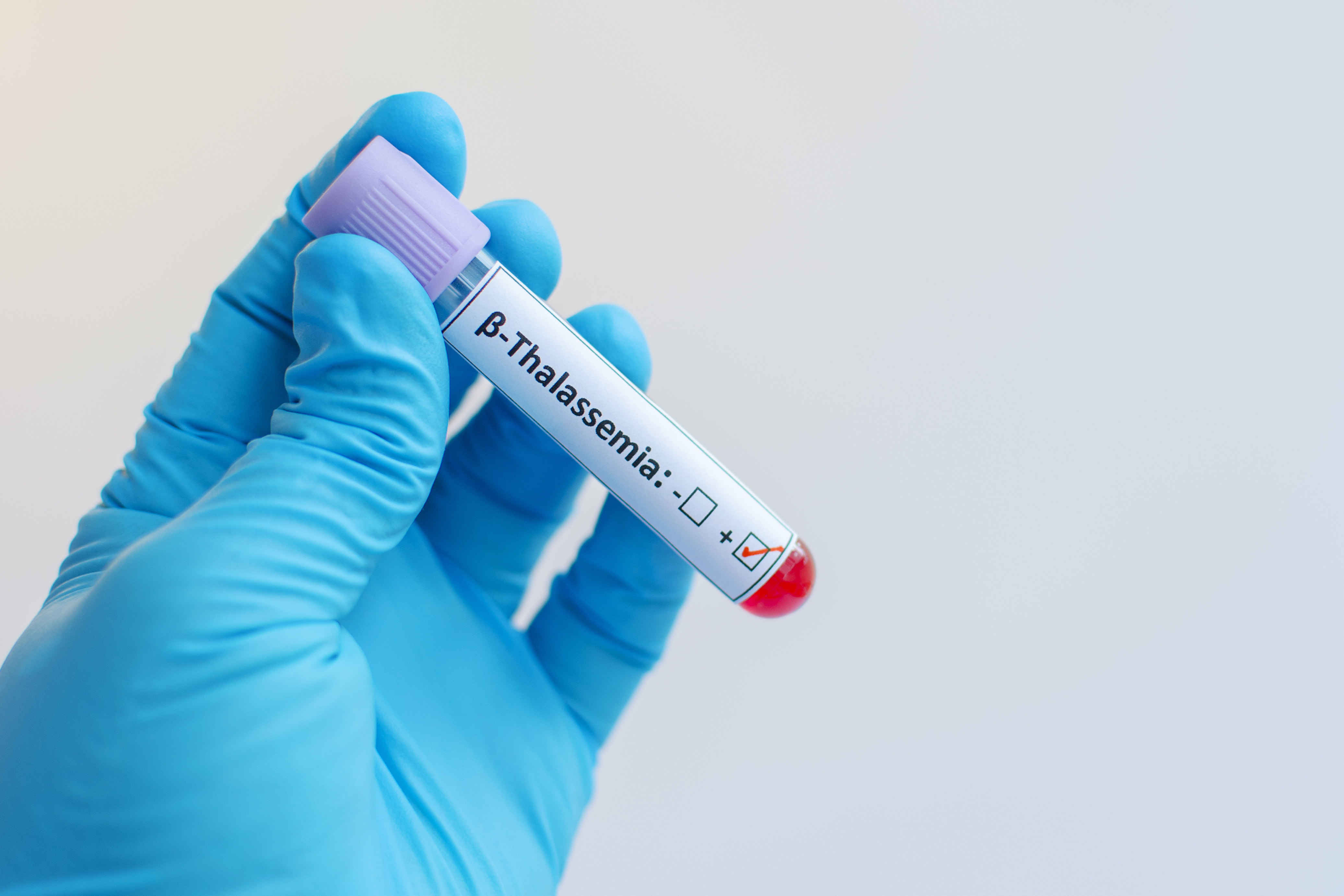Bone deformities. Jaundice. Anemia. Chest pain. Fatigue.
These are some common symptoms of thalassemia1, an inherited blood disorder caused by an abnormal hemoglobin molecule, which inhibits the body’s ability to produce hemoglobin or red blood cells. 
Such hemoglobinopathies or hemoglobin disorders affect almost 7% of the total world population2. In particular, thalassemia occurs in approximately 4.4 out of every 10,000 live births throughout the world. The impact ranges from mild to severe, and can be life-threatening3. In 2019, there were a total of 152,000 people born with thalassemia. The disease was responsible for 10,200 deaths that year, of which 3,780 were children under the age of five4.
Genomics has helped doctors better understand the abnormal hemoglobin molecule causing thalassemia and other hemoglobinopathies, thereby enabling more targeted treatments for patients.
A decade ago, BGI Group became the first organization to launch a high-throughput genetic sequencing platform-based thalassemia genetic testing service. Widening the availability of such low-cost genetic screening has been instrumental in diagnosing and treating this disease.
BGI has also collaborated with the World Hemoglobinopathy Foundation to highlight such hemoglobin disorders, as well as accelerate their prevention and treatment. As a result, the Group believes the incidence rate of hemoglobinopathies could potentially fall to below 0.3 cases per 10,000 births by 2035.
China has launched a pilot project to prevent and control thalassemia in 10 southern areas, with large-scale thalassemia screening programs deployed in Guangdong, Guangxi and Hainan. About 1,000 BGI employees have registered as volunteers to donate hematopoietic stem cells to people suffering from thalassemia.
In February 2021, Shenzhen Children's Hospital and BGI launched gene therapy based on autologous hematopoietic stem cell transplantation for patients with severe thalassaemia.
Recently, two children with severe thalassaemia who received autologous hematopoietic stem cell transplantation gene therapy in Shenzhen have been freed from blood transfusion, and no longer need to take iron-removing drugs – their lives have basically returned to normal. This is the first case of thalassaemia gene therapy successfully carried out in China based on the β-globin re-expression strategy.
In April 2022, BGI's α and β thalassemia gene detection kit (combinatorial probe anchor polymerization sequencing method) obtained the medical device registration certificate issued by the National Medical Products Administration. This is the first approved thalassemia gene detection kit based on high-throughput sequencing technology in China, which can simultaneously detect both deletion and non-deletion variants of α and β thalassemia in one test. This can be used as a means of complementary diagnosis (Genetic diagnosis) for α and/or β thalassemia.
Hence, with the continued co-operation of the international research community, every move BGI makes in the global battle against thalassemia will help save more lives, as well as boost the quality of life for patients.
Reference:
1. https://www.medicalnewstoday.com/articles/263489
2. https://www.moh.gov.sa/en/HealthAwareness/healthDay/2015/Pages/HealthDay-2015-05-08.aspx
4. https://www.healthdata.org/results/gbd_summaries/2019/thalassemias-level-4-cause



